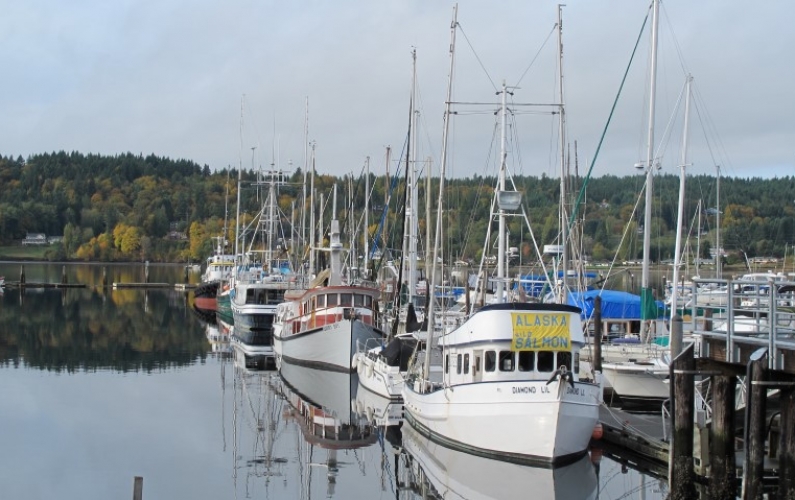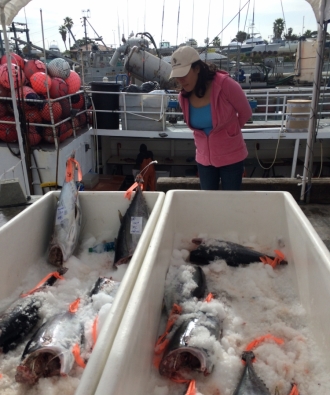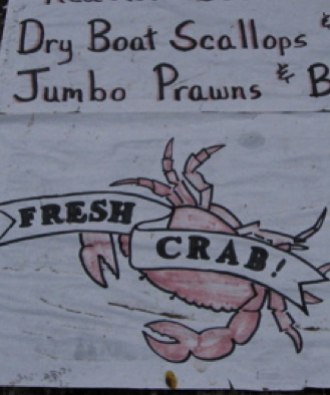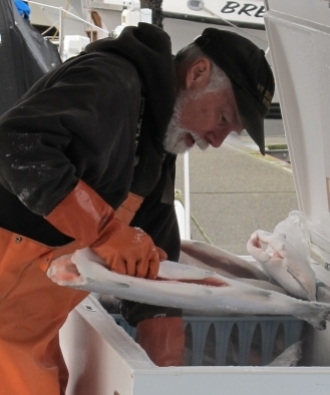
Off-the-boat sales may be the most straightforward type of alternative market because it allows fishermen to use their boat as a space for selling their product, eliminating the need for land transport and most other infrastructure. Through this alternative market, fishermen sell their seafood directly to consumers and, when permitted, local chefs and caterers. It has the added benefit of allowing fishermen to show customers their fishing boat and gear, and provide information about their fishing operations and fisheries. Such face-to-face interactions with consumers can help build a loyal customer base, which may expand via word-of-mouth. This type of alternative market often requires that the boat have enough space and cold storage to handle and maintain high quality product. Depending on harbor, local and state regulations, fishermen may or may not be allowed to cut fish into portions. Also, there may be rules about when fishermen can sell their product, whether signs can be posted to advertise, and other operational details. (Although this type of alternative market is not allowed at some ports, a dockside fishermen's market may be.)
Over-the-bank sales are very similar. On the West Coast, they are used primarily by tribal in-river fishermen who are permitted to sell their catch at designated landing points along coastal rivers.
To evaluate whether this type of alternative market is an option for you, explore the benefits and challenges (in addition to those on the Considerations page), key questions, tips and resources in the boxes below.


